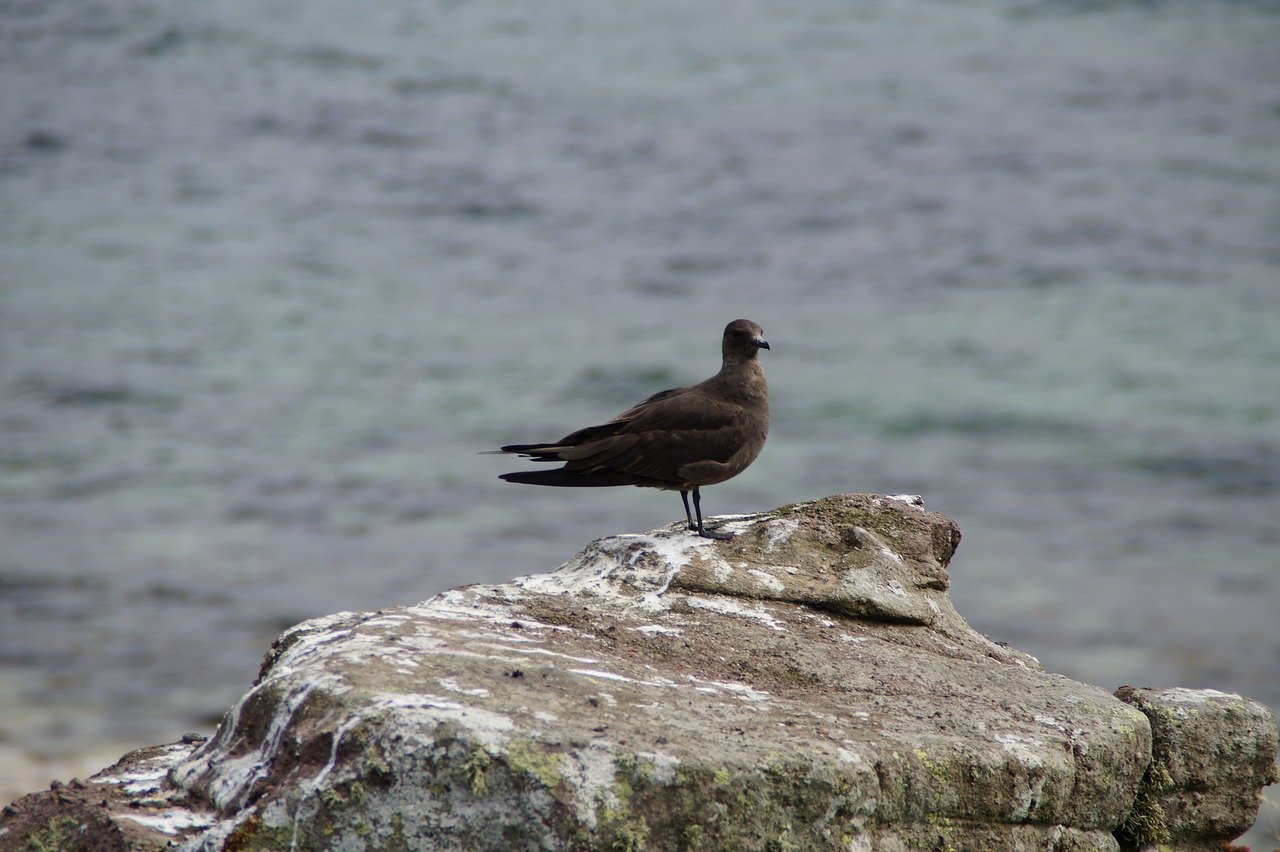A census of the Arctic Scua Stercorarius parasiticus in the archipelago of Södermanland county in 1999, and an evaluation of its future prospects in Sweden
DOI:
https://doi.org/10.34080/os.v10.22882Keywords:
population studies, interspecific interaction, breeding biologyAbstract
In 1999, I made a complete census of the Arctic Skua population in the archipelago of Södermanland. I surveyed all parts at least three times between 10 May and 13 July. I found 15 breeding pairs (5 pairs with young, 2 incubating pairs, and 8 stationary pairs with unmistakable breeding behaviour), and two resident birds (probably a pair) that did not breed. The Södermanland population was estimated at 25 pairs in the 1970’s. This decline is different from the assumption that the total Swedish population has increased. The population of Stockholm archipelago was estimated at 200 pairs in the mid 1980’s and 300 pairs in the mid 1990’s, and that of Västerbotten in the north of Sweden at about 10 pairs in the early 1980’s and 40–45 pairs in 1994. The total Swedish population was estimated to be 370–380 pairs in the mid 1980’s. Compiling the most recent estimates (most from the late 1990’s), I found that the total population now is 546–571 pairs. In spite of this, I am not certain that these figures represent a real increase. The general ornithological activity in the archipelagos has also increased much, and some ornithologists have recently been particularly interested in skuas. Hence it is possible that the increase is only apparent. All skuas bred near gull colonies, and almost all gull colonies had a skua pair. This makes it unlikely that the skua population will increase unless the gull populations do the same.
Downloads

Downloads
Published
How to Cite
Issue
Section
License
The copyright of each contribution belongs to the author(s), but all contributions are published under a Creative Commons license, so that anyone is free to share and reuse the contribution as long as the copyright holder is attributed.







